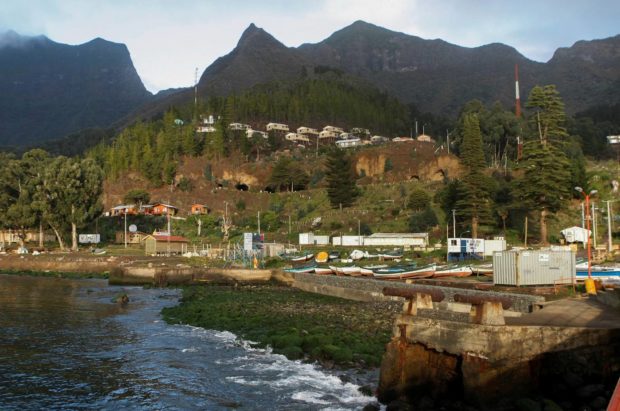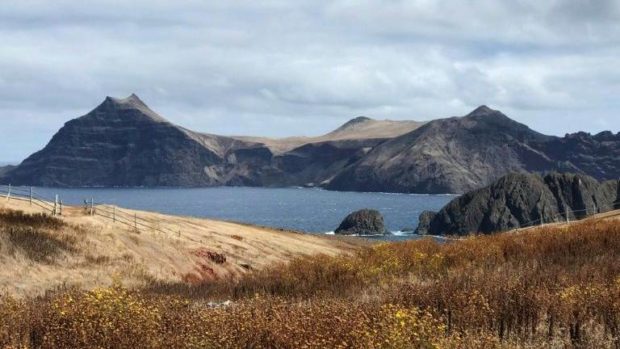US Treasure Hunters Run Into Trouble in Chile
A government green light allowing a US adventurer to use heavy drilling equipment in his quest for 18th-century pirate treasure in the South Pacific has sparked a row in Chile.
Tons of gold, silver, and jewels are believed to have been buried by pirates in Chile’s Juan Fernandez Archipelago in 1714.
The National Forestry Corporation (CONAF) recently authorized US treasure hunter Bernard Keiser to carry out drilling with heavy machinery in the archipelago, which has been a biosphere reserve since 1977.
Keiser and his team have the go-ahead to use heavy machinery “bearing in mind that this activity will be limited to a 20×20 meter area, which has been duly analyzed and approved by the competent bodies,” CONAF said in a statement.
But Chile’s Park Rangers Council says the authorization violates a ban on removing or extracting soil, leaf litter, humus, peat, sand, gravel, rocks or earth from national parks.
Kaiser has been hunting for treasure for 20 years on the small South Pacific archipelago, some 700 kilometers from the Chilean coast.
In that time he has narrowed down the search to a relatively small area on one of the islands.
A textile entrepreneur who supplied NASA with anti-inflammable fabric for spacesuits, Keiser began his search in 1998 based on original documents from the early 18th century passed on by the island’s inhabitants.
The documents were verified through searches in British and Spanish archives.
Keiser has spent several million dollars on the seas over the past two decades.
Manual digs have to date yielded tantalizing clues about the island’s past, uncovering artifacts such as silver buttons or pieces of ancient Chinese pottery, but Keiser remains convinced about the existence of a large treasure trove.
Objects discovered so far fit his theory that European buccaneers used the island as a refuge to hide their booty after forays across the South Pacific.
The search is being concentrated in the English Harbor area on the island’s west coast.
Alexander Selkirk, the Scottish sailor who became the inspiration for Daniel Defoe’s “Robinson Crusoe”, spent five years marooned on one of the Juan Fernandez Islands in the early 1700s.



